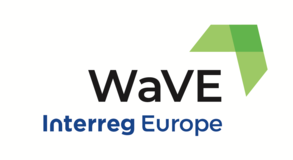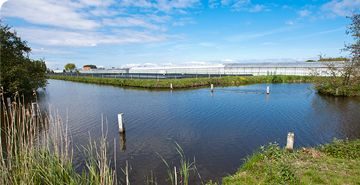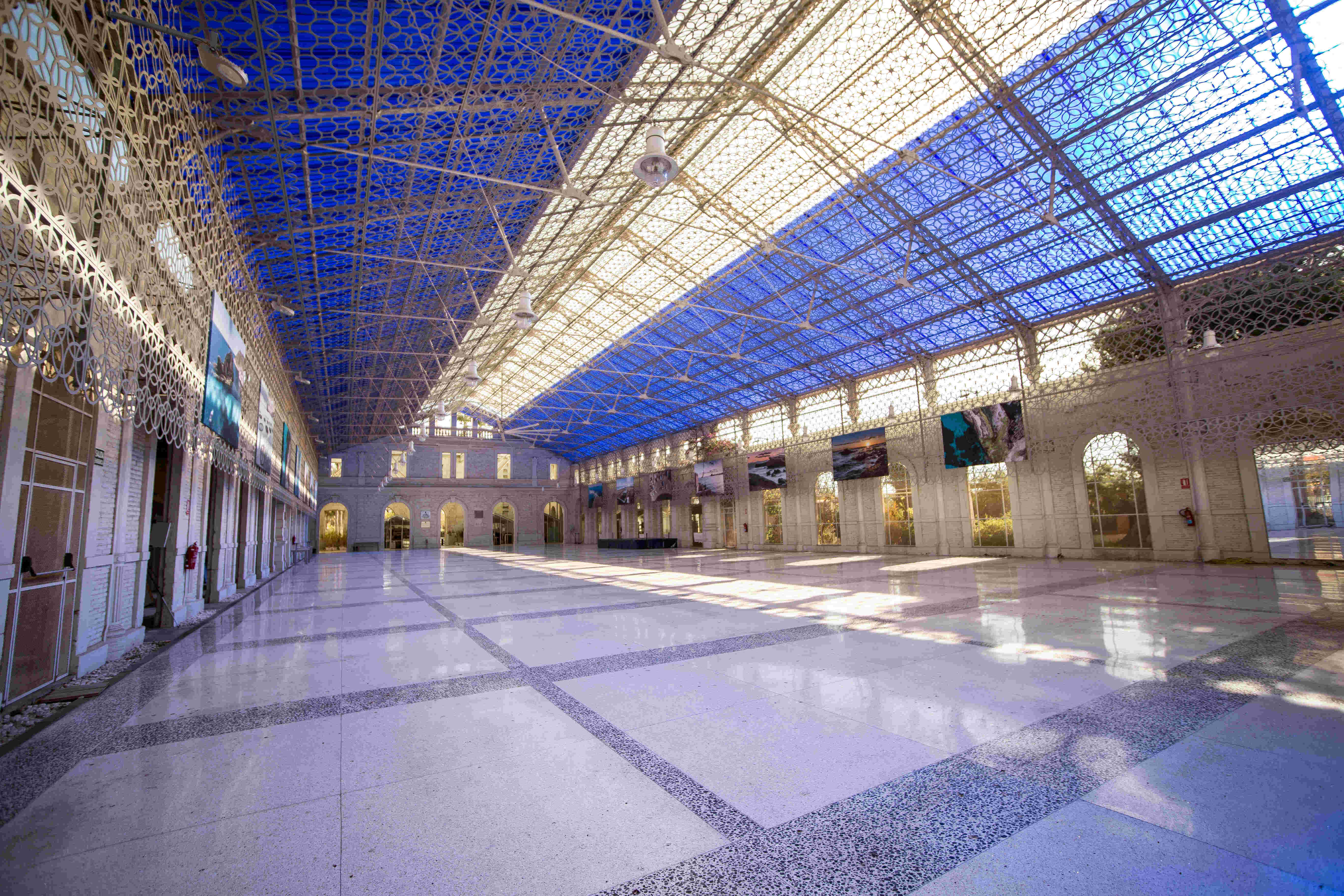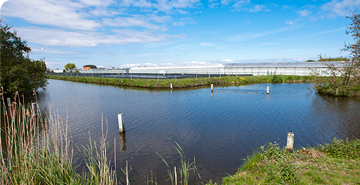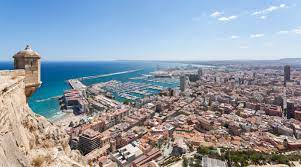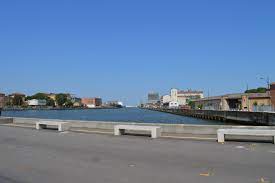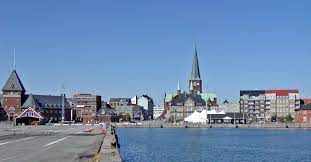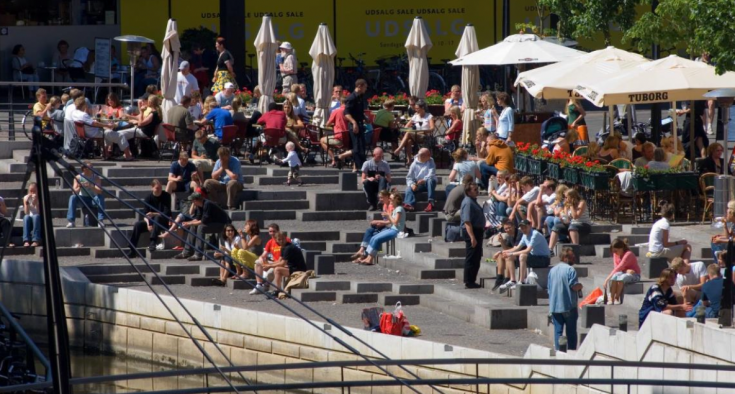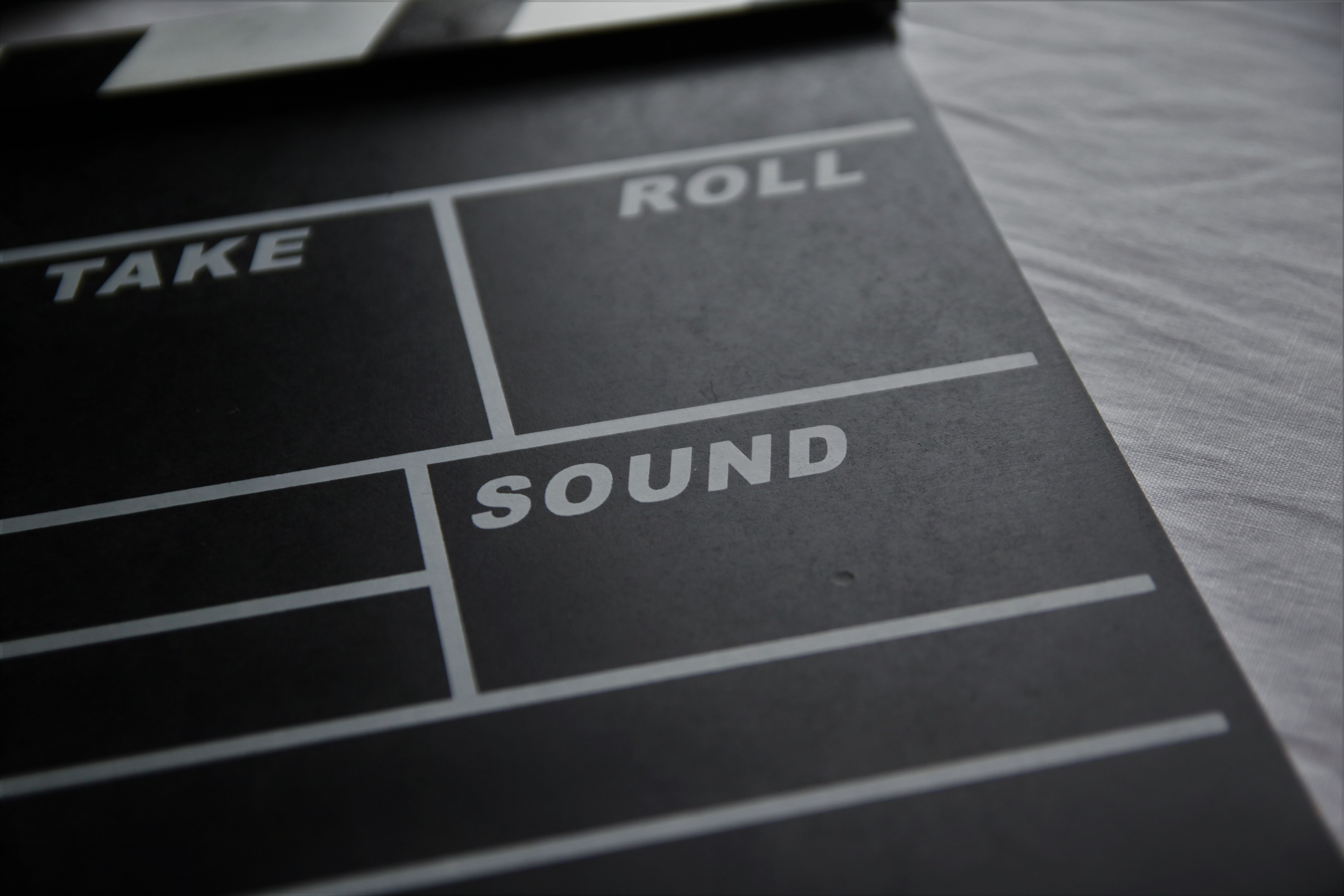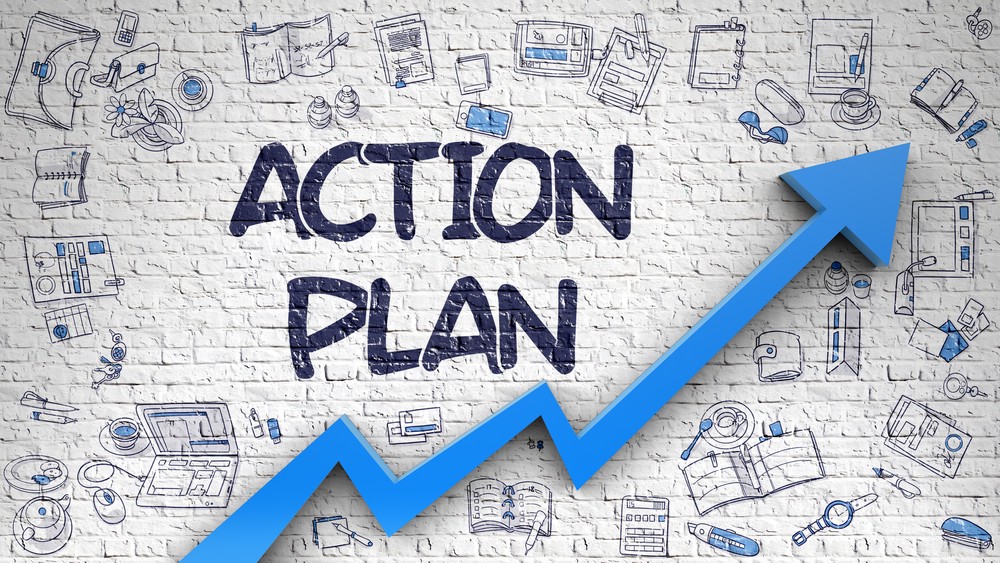IIn the beginning of February 2020 Aarhus City Archives hosted three “Local Stakeholder Group”-workshops in “Verdensrummet” at the public library and cultural center DOKK1 in Aarhus. The three workshops each focused on a sub-site within the broader redevelopment site “Waterfronts of Aarhus”. The three geographical sites are all connected to water either through the harbour or The River Aarhus. The workshops provided several interesting stakeholder viewpoints on the valorization of water-linked heritage within the three sites.
City Archivist Søren Bitsch Christensen began all three workshops by introducing the specific area of interest to the participants. The first workshop dealt with the Aarhus Urban Coastline (or the Harbour Front). The second workshop focused on the old industrial harbor in which you have three distinct areas; The Middle Pier, The Grain Pier and an area near the mouth of the river called “Mindet”. The third workshop was based upon the large area in which The River Aarhus flows through the river valley of Aarhus.
The participants all had various backgrounds related to the selected sites. Throughout the three workshops 30 people were passionately engaged in the workshop activities. The participants that took part in each workshop were split into two groups. Each group discussed several questions while applying stickers to a large canvas map. The stickers functioned as markers pointing out valuable heritage in the selected areas. Daniel Astola, WaVE project employee, facilitated the activities during the workshop while Project Coordinator Phillip Fangel and Project Manager Søren Bitsch Christensen each took part in the group discussions on the cultural heritage values of the three sites.
The groups discussed topics on identity, physical and non-physical values, the importance of water to the sites, heritage as a catalyst for development and trade, prioritizing heritage in future development and synergies between existing policies and heritage linked to water. Furthermore the groups each filled out a traditional SWOT analysis on the sites in question.
The participating stakeholders showed a great interest in the themes of the project and despite their different backgrounds all contributed enthusiastically to the discussions. The participants represented the Aarhus Municipality, Civil Society Groups, people within trade and business, urban developers, NGO’s, tourist organizations and many others with a waterlinked background. The opinions of the stakeholders turned out to be very valuable and shows the importance of including views from various representatives of society. The value characteristics given by the stakeholders have been collected and will be included in the analysis of the valorization of heritage in the water-linked sites in Aarhus.
